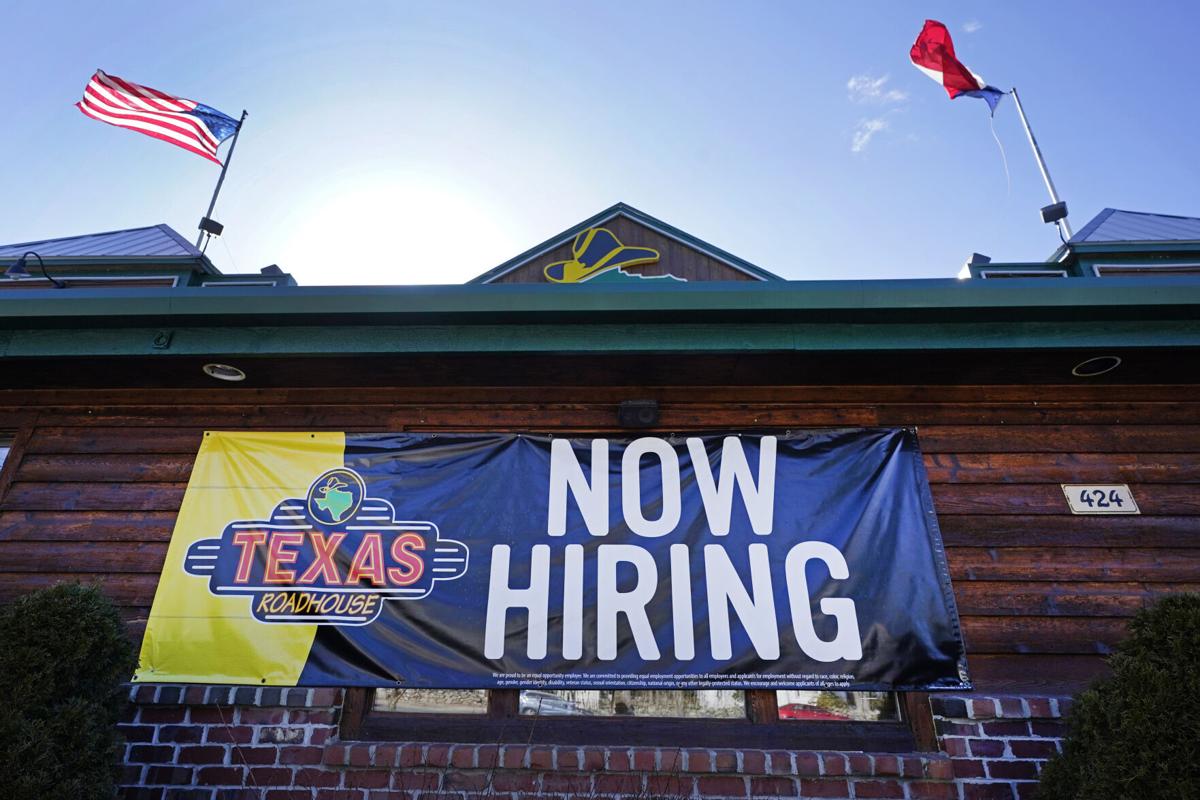PHOENIX — Arizonans are going to have to start looking for work again later this month if they want to keep their unemployment benefits.
Gov. Doug Ducey on Monday rescinded an order he signed in March 2020 suspending those job-search requirements during the pandemic. That was based on not wanting to force people who were infected with COVID-19, or were caring for others with the virus, to go out looking even as the pandemic was raging.
Now, effective the week of May 23, anyone wanting to keep unemployment benefits will again have to make contact with potential employers at least four days a week.
Initially it requires just a “sincere” job search in the chosen field to maintain benefits. There also is a mandate to document the effort.
But anyone who collects benefits for at least four weeks will find themselves being forced to take pretty much anything that comes their way. That’s because a 2018 law signed by Ducey — and now again takes effect — says individuals forfeit their benefits if they do not accept any jobs that pays them at least 20% more than they were collecting.
With state benefits capped at $240 a week, that means $6 an hour for a full-time job. That means any job that pays the minimum wage of $12.15 an hour would qualify. So, too, would jobs for tipped workers who are entitled to be paid $9.15 an hour as long as their tips bring them up to the minimum rate.
Ducey’s move comes despite the fact that the state’s employment situation has not yet returned to pre-pandemic levels.
The state Office of Economic Opportunity lists the seasonally adjusted unemployment rate at 6.7% for March, the most recent figures available.
That is far below the 14.2% peak it reached in April 2020. But it had dropped as low as 4.7% in November 2019.
At the same time, the number of people actually working also still lags.
According to OEO, the state has recovered just 68% of the 331,500 jobs it lost since the pandemic-induced recession began in February 2020.
And that same agency reports that unemployment is still 36% higher than it was when the pandemic began.
More telling is that the recovery is quite uneven.
For example, the state’s financial activities sector has recovered just 37% of what was shed, versus 62% for leisure and hospitality — the sector that includes bars, restaurants and lodging facilities — and 78% for manufacturing.
In fact, the only part of the economy that’s doing better than before the COVID outbreak is trade and transportation.
That’s driven largely by e-commerce and the fact that people have been buying more online. That, in turn, has meant the need for more workers at warehouse and fulfillment centers, like those operated by Amazon, as well as delivery drivers.
How much better?
Doug Walls, the OEO’s marketing information director, said the 45,800-job loss has been more than compensated by 64,300 more people now working in this sector than at the beginning of the recession.
The most recent report from the state Department of Economic Security says there are about 55,000 Arizonans currently collecting state benefits.
That is down from a peak of more than 230,000 last summer. But it still is higher than the 17,000 a week before the pandemic.
Ducey in a prepared statement said he believes it’s time to reinstate the job-search requirements.
“Arizonans are ready to get back to work,” he said. “Our economy is booming, jobs need filling, more than 2 million Arizonans are fully vaccinated, and vaccination appointments are available to anyone who wants one.”
And the governor quoted from Ronald Reagan who said “the best social program is a job.”
“Unemployment benefits are still available to Arizonans who need them,” Ducey said. “But now that plenty of jobs are available, those receiving the benefits should be actively looking for work.”
Particularly hard hit has been the hospitality industry with many hotels and resorts, now starting to recover as more people are vaccinated and willing to travel, reporting they are finding no takers, including among former employees.
With the new executive order — and the mandate to take pretty much any job after four weeks of benefits — those hotel and restaurant jobs could be filled by former professionals from a variety of fields.
None of this affects current negotiations to boost the maximum benefits.
A Senate-approved measure by Sen. Karen Fann, R-Prescott, would increase the cap by $80 a week, to $320, and potentially to $400 at some point. But the trade off is that once the statewide unemployment rate drops to 6% or less those benefits would be cut from the current 26-week cap to 22 weeks.
But Rep. David Cook, R-Globe, is pushing a plan to boost benefits to $300 a week, but without the cut in the length of benefits.
The governor has not yet weighed in on either of the measures.
Despite the governor’s new executive order, there are some exceptions.
Under federal law, those who are getting the extra $300 a week in “pandemic unemployment assistance” do not have to be out looking for a job to keep those federal benefits if they have been diagnosed with COVID-19 or if they are caring for a family member who has the virus.
Also exempt are those who provide care to a child who cannot go to school because it is closed, as well as those who have been advised by a health-care provider to self-quarantine because of concerns related to COVID-19.
Tasya Peterson, DES press secretary, said those exceptions do not apply to the $240-a-week in-state benefits. But DES is empowered to allow someone to not return to work if they have “good cause,” which can include pandemic-related situations. She said these are determined on a case-by-case basis.





